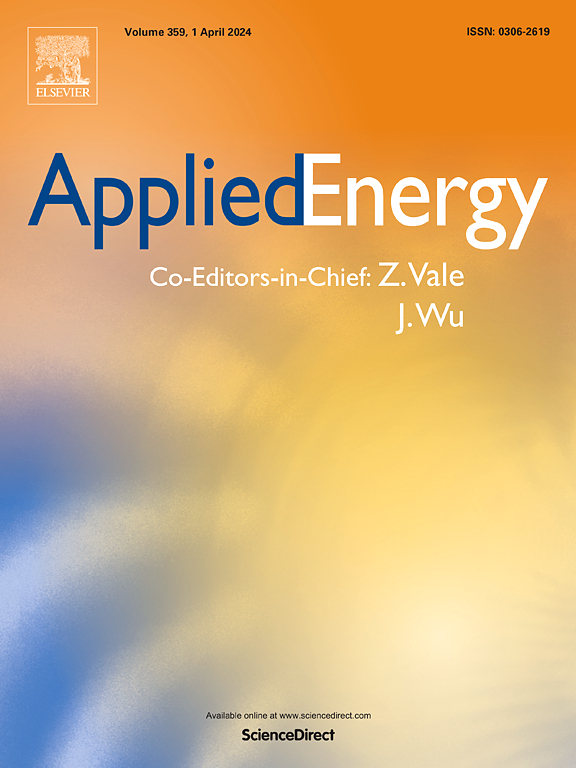A multi-module robust method for transient stability assessment against false label injection cyberattacks
IF 10.1
1区 工程技术
Q1 ENERGY & FUELS
引用次数: 0
Abstract
The success of deep learning in transient stability assessment (TSA) heavily relies on high-quality training data. However, the label information in TSA datasets is vulnerable to contamination through false label injection (FLI) cyberattacks, resulting in degraded performance of deep TSA models. To address this challenge, a Multi-Module Robust (MMR) TSA method is proposed to rectify the supervised training process misguided by FLI attacks in an unsupervised manner. In MMR, a supervised classification module and an unsupervised clustering module are alternately trained to improve the clustering friendliness of representation leaning, achieving accurate clustering assignments. By leveraging the clustering assignments, we construct a training label corrector to rectify the injected false labels and correct the misguided supervised classification, thereby improving the performance of deep TSA models. However, there is still a gap on accuracy and convergence speed between MMR and FLI-free deep TSA models. To narrow this gap, we further propose a human-in-the-loop training strategy, named MMR-HIL. In MMR-HIL, potential false samples can be detected by modeling the training loss with a Gaussian distribution. From these samples, the most likely false samples and most ambiguous samples are selected and re-labeled by a TSA expert-guided annotator and then subjected to penalized optimization, aimed at improving accuracy and convergence speed. Extensive experiments indicate that MMR and MMR-HIL both exhibit powerful robustness against FLI attacks. Moreover, the contaminated labels can be effectively corrected, demonstrating superior resilience of the proposed methods.
求助全文
约1分钟内获得全文
求助全文
来源期刊

Applied Energy
工程技术-工程:化工
CiteScore
21.20
自引率
10.70%
发文量
1830
审稿时长
41 days
期刊介绍:
Applied Energy serves as a platform for sharing innovations, research, development, and demonstrations in energy conversion, conservation, and sustainable energy systems. The journal covers topics such as optimal energy resource use, environmental pollutant mitigation, and energy process analysis. It welcomes original papers, review articles, technical notes, and letters to the editor. Authors are encouraged to submit manuscripts that bridge the gap between research, development, and implementation. The journal addresses a wide spectrum of topics, including fossil and renewable energy technologies, energy economics, and environmental impacts. Applied Energy also explores modeling and forecasting, conservation strategies, and the social and economic implications of energy policies, including climate change mitigation. It is complemented by the open-access journal Advances in Applied Energy.
 求助内容:
求助内容: 应助结果提醒方式:
应助结果提醒方式:


